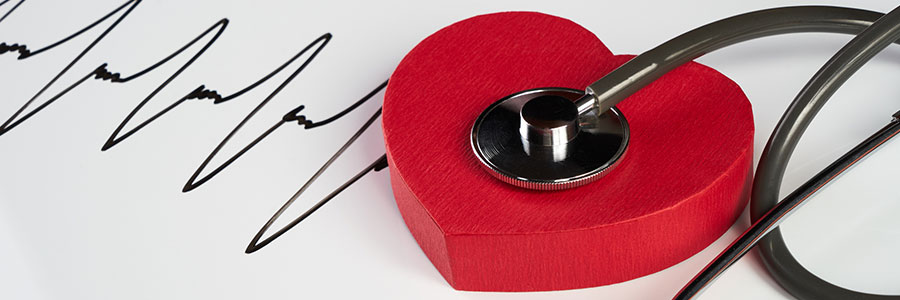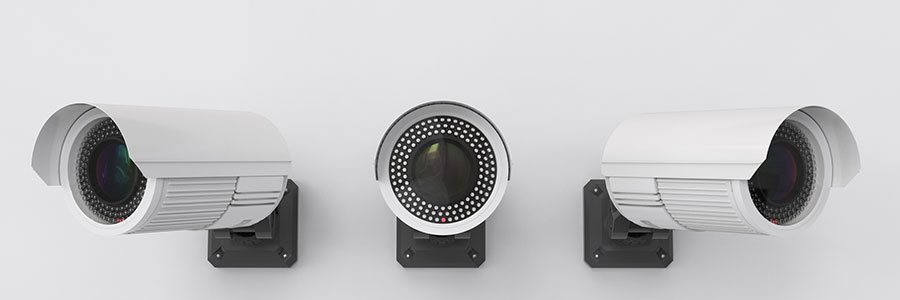The benefits of remote patient monitoring devices and other Internet of Things (IoT) technologies in healthcare are enormous, but so are the security risks. In this guide, we’ll cover ways healthcare providers can protect medical IoT devices from cyberthreats and ensure regulatory compliance.
5 Tips to boost IoT security in medical settings
A guide to building IoT networks with infrastructure-as-code

Internet of Things (IoT) networks are growing rapidly, but scaling them can be complex. infrastructure-as-code (IaC) simplifies this process by automating the deployment and management of IoT infrastructure. By adopting IaC, organizations can ensure their IoT networks are scalable, secure, and efficient.
How to ensure the security of IoT devices in healthcare

With the widespread implementation of the Internet of Things (IoT) in healthcare, security concerns that were previously not considered have suddenly become a reality. In 2022, attacks using malware increased by 38% compared to the previous year. This equates to 1410 attacks per week - something device vendors must pay close attention to.
IoT security in healthcare: What you need to know
Healthcare IoT: Security risks involved

The rule of cybersecurity states that anything that connects to the internet can be hacked. With the increasing popularity of Internet of Things (IoT) in the healthcare industry, every business should be on alert.
Devices that contain a treasure trove of patient data are attractive targets for cybercriminals.
Hide & Seek malware: What you need to know
2017’s most valuable IT solutions
IoT in healthcare: Blessing or curse?

The Internet of Things (IoT) has the potential to completely revolutionize the healthcare industry. Innovations like smart pacemakers and fitness trackers monitor patients’ vitals and unearth patterns that can lead to more accurate diagnoses. But like any new technology, it also brings a slew of security risks healthcare professionals need to address.





